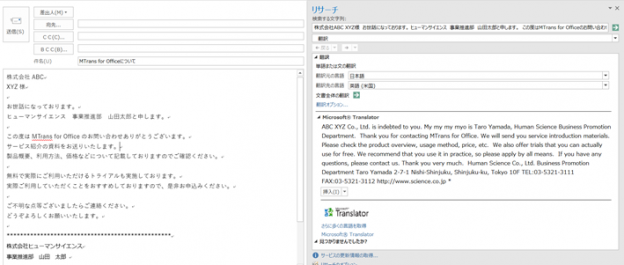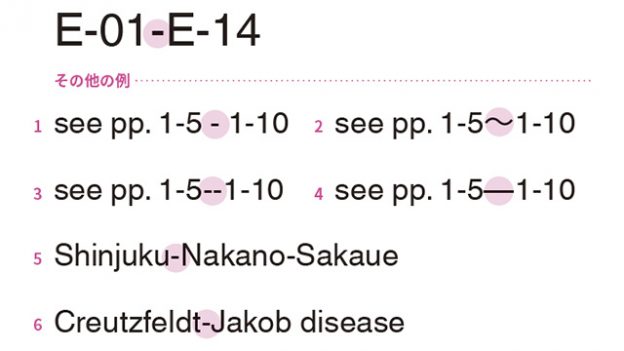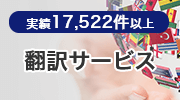
Previous ArticleIn the previous article, we explained how to use "which" and "whose".
This time, we will introduce the correct usage of "which" for non-restrictive clauses and "that" for restrictive clauses.
When using the word "that" in a restrictive clause, the following relative clause is necessary to indicate what the antecedent is. If this relative clause is omitted, the meaning of the sentence can change significantly.
On the other hand, when using the unrestricted usage of "which", the relative clause after "which" is additional information, so even if it is omitted, the overall meaning of the sentence will not change.
However, when reviewing, I often see cases where the non-restrictive "which" is used in sentences that should use the restrictive "that".
Let's take a look at an example sentence.
- Table of Contents
>>Related Download Materials: 9 Examples of Machine Translation Errors and Post-Editing Checklist
1. Example sentence using the restrictive usage of "that"
- ・Original text: If the attribute cannot be determined by automatic settings, please select from the following items after entering the model type.
- ・Translated Text (Before Correction): For attributes which cannot be determined for automatic setting, select from the following items after entering the model.
- ・Translated text (after correction): For attributes that cannot be automatically determined, select from the following items after entering the model.
The original "unidentifiable attribute in automatic settings" means that only attributes that cannot be determined by automatic settings should be limited using "that" and "unidentifiable" as the attribute.
However, using the unrestricted usage of "which" here changes the meaning to "not all attributes can be determined automatically."
Therefore, it is correct to use the restrictive usage of "that" here.
Let's look at another example.
2. Example sentence using the restrictive usage of "that"
- ・Original text: Machines that perform CNT communication have lower priority than logic operations, so the simultaneity of data collection cannot be guaranteed.
- ・Translation (before correction): Since the machine which performs CNT communication has a lower priority than the logic calculation, simultaneity of the data in data collection cannot be secured.
- ・Translated text (after correction): Since the machine that performs CNT communication has a lower priority than logic calculation, simultaneity of data in data collection cannot be guaranteed.
"Since there are multiple machines, it is necessary to limit the machines that perform CNT communication," so instead of using "which," it is necessary to limit the machines using "that."
- ・Original text: At DTC, you can build system configurations that span multiple network segments.
- ・Translation (Before Correction): In DTC, a system configuration which spans multiple network segments can be built.
- ・Translation (Revised): In DTC, a system configuration that spans multiple network segments can be built.
"That" is more appropriate than "which" because "across multiple network segments" is limiting information for the antecedent.
- ・Original text: Searches by prefix matching the input content.
- ・Translated Text (Before Correction): It searches for matches which start with the entered code.
- ・Translation (revised): It searches for matches that start with the entered code.
"Input content before" is information that limits the antecedent, so "that" is more appropriate than "which".
Many people misunderstand the grammatical usage of "which" and "that" to be the same, but as mentioned above, it is important to be aware of the difference between restrictive (that) and non-restrictive (which) usage in technical translation.
Author Information

-
Andy ParkMultilingual Translation Group
Japanese-English Translation Reviewer- ・In my previous job, I worked as an IT engineer for about 4 years, and then I worked as an English conversation instructor for 8 years, where I was involved in developing educational programs and training instructors.
- ・Translation experience of 11 years, specializing in IT and business fields.
- ・Currently engaged in translation work and translation quality management, primarily focusing on FA-related products such as product manuals, help documents, and operation manuals.
- - Responsible for evaluating and verifying the translation quality of machine translation engines.
>>Related Download Materials: 9 Examples of Machine Translation Errors and Post-Editing Checklist

























